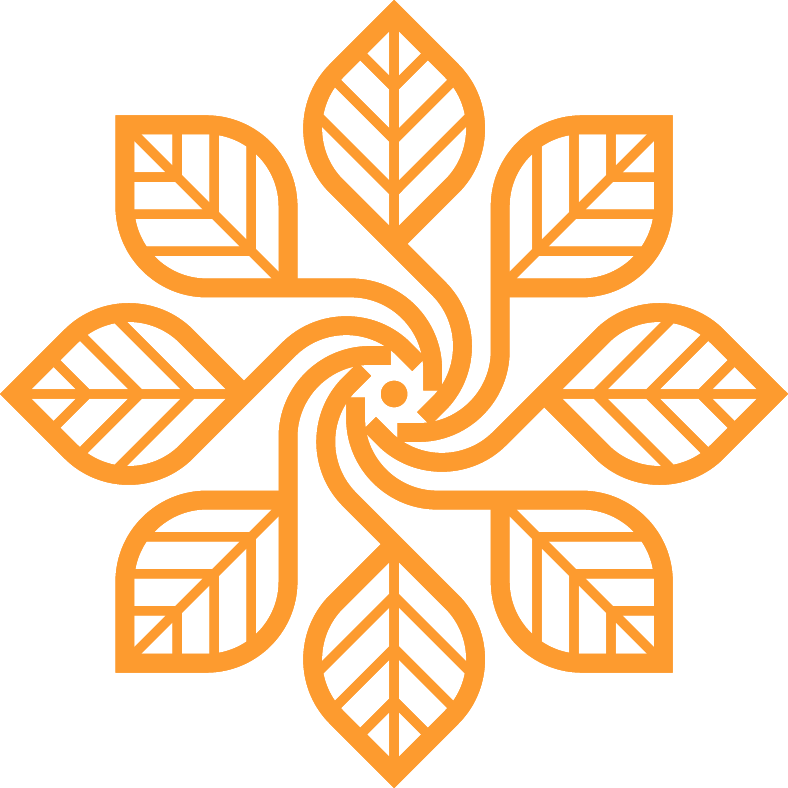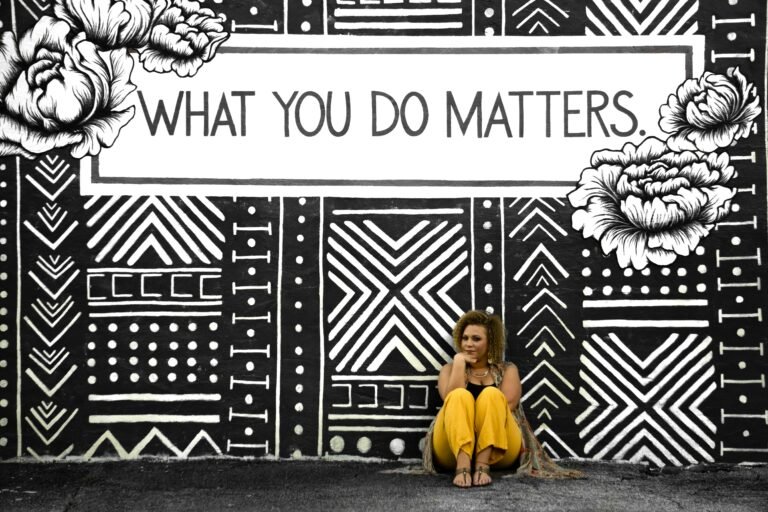Tarot reading is a powerful tool for personal growth, self-discovery, and spiritual insight. However, for many beginners, the world of tarot can seem mysterious and complex. This comprehensive guide is designed to demystify tarot reading, offering step-by-step instructions on how to understand and interpret tarot cards. Whether you’re seeking clarity in your life, exploring your spirituality, or simply curious about tarot, this guide will help you get started on your tarot journey with confidence.
1. The History of Tarot: Origins and Evolution
Understanding the history of tarot can deepen your appreciation for the art of tarot reading. While tarot is often associated with mysticism, it has a rich and varied history that dates back centuries.
Key Points:
- Early Beginnings: Tarot originated in 15th-century Europe, primarily as a card game known as “Tarocchi.” It wasn’t until the 18th century that tarot began to be used for divination and spiritual guidance.
- Symbolism and Imagery: The imagery on tarot cards is heavily influenced by religious, astrological, and alchemical symbolism, reflecting the cultural and spiritual beliefs of the time.
- The Rider-Waite Deck: Published in 1909, the Rider-Waite deck is one of the most popular and widely recognized tarot decks in use today. Created by Arthur Edward Waite and illustrated by Pamela Colman Smith, this deck is known for its rich symbolism and accessible imagery, making it a great choice for beginners.
Why It Matters: Understanding the origins and evolution of tarot helps to contextualize its use as a tool for personal growth and divination. It also allows beginners to appreciate the depth of symbolism and meaning within the cards.
2. Understanding the Tarot Deck: Major and Minor Arcana
The tarot deck is composed of 78 cards, each with its own unique symbolism and meaning. These cards are divided into two main sections: the Major Arcana and the Minor Arcana.
The Major Arcana:
- Overview: The Major Arcana consists of 22 cards that represent significant life events, spiritual lessons, and archetypal energies. These cards are often seen as the “big picture” cards that guide you through important milestones and transitions in your life.
- Examples: The Fool (beginnings, spontaneity), The Lovers (relationships, choices), The Tower (sudden change, upheaval), and The World (completion, fulfillment).
The Minor Arcana:
- Overview: The Minor Arcana consists of 56 cards divided into four suits: Cups, Pentacles, Swords, and Wands. Each suit represents different aspects of life and emotions.
- Cups: Emotions, relationships, and intuition.
- Pentacles: Material aspects, career, and physical health.
- Swords: Thoughts, communication, and conflict.
- Wands: Creativity, action, and passion.
- Court Cards: Each suit contains four court cards (Page, Knight, Queen, King) that often represent people or personality traits in a reading.
Why It Matters: Understanding the structure of the tarot deck is crucial for interpreting the cards accurately. Knowing the difference between the Major and Minor Arcana helps you grasp the significance of each card in a reading and how it applies to your personal growth journey.
3. Choosing Your First Tarot Deck
Selecting your first tarot deck is an important step in your tarot journey. The deck you choose should resonate with you on a personal level, as it will become a powerful tool for self-reflection and guidance.
Tips for Choosing a Deck:
- Go with Your Intuition: Trust your instincts when choosing a deck. Look for imagery and symbolism that speaks to you on a personal level.
- Start with the Rider-Waite Deck: Many beginners start with the Rider-Waite deck due to its straightforward imagery and widespread use. This deck is often recommended because many tarot resources and guides reference its symbolism.
- Explore Different Themes: Tarot decks come in a variety of themes, from traditional designs to more modern and diverse representations. Choose a deck that reflects your interests, culture, or spiritual beliefs.
- Consider Card Quality: Pay attention to the quality of the cards. You’ll want a deck that feels comfortable in your hands and is durable enough for regular use.
Why It Matters: The deck you choose will be your companion on your tarot journey, so it’s important to select one that you feel connected to. A deck that resonates with you can enhance your intuitive abilities and make your readings more meaningful.
4. Interpreting the Cards: Common Symbols and Meanings
Interpreting tarot cards is an intuitive process that involves understanding the symbols and meanings of each card. While the interpretations can vary based on the context of the reading, certain symbols are commonly associated with specific meanings.
Common Tarot Symbols:
- The Fool (Major Arcana): Represents new beginnings, spontaneity, and a leap of faith. The image of a carefree figure stepping off a cliff symbolizes the start of a new journey.
- The Lovers (Major Arcana): Symbolizes love, harmony, and choices. Often depicted with a couple and an angel, this card represents relationships and important decisions.
- Ace of Cups (Minor Arcana – Cups): Represents new emotional beginnings, love, and intuition. The image of a cup overflowing with water symbolizes abundance and emotional fulfillment.
- Three of Swords (Minor Arcana – Swords): Symbolizes heartbreak, sorrow, and emotional pain. The image of three swords piercing a heart represents loss and grief.
- Ten of Pentacles (Minor Arcana – Pentacles): Represents wealth, legacy, and family. The image of a prosperous family and home symbolizes material success and stability.
Why It Matters: Understanding the common symbols and meanings of tarot cards is essential for accurate readings. It allows you to connect the imagery of the cards with the questions you’re asking and the guidance you seek.
5. Simple Tarot Spreads for Beginners
Tarot spreads are layouts in which you arrange the cards during a reading. Different spreads serve different purposes, and beginners can start with simple spreads to build confidence and intuition.
The One-Card Draw:
- Purpose: This spread is ideal for daily guidance or quick answers to specific questions.
- How to Use: Shuffle the deck, focus on your question or intention, and draw one card. Reflect on the card’s message and how it applies to your situation.
The Three-Card Spread:
- Purpose: This spread provides insight into the past, present, and future or explores the situation, action, and outcome of a question.
- How to Use: After shuffling, draw three cards and lay them out from left to right. The first card represents the past, the second card represents the present, and the third card represents the future. Alternatively, the first card represents the situation, the second card represents the action to take, and the third card represents the outcome.
Why It Matters: Starting with simple spreads helps you build confidence and familiarity with the cards. As you become more comfortable, you can experiment with more complex spreads to gain deeper insights.
6. Practicing Intuition: Enhancing Your Tarot Reading Skills
Tarot reading is not just about memorizing card meanings; it’s about tapping into your intuition and allowing your inner wisdom to guide you. Here are some techniques to enhance your intuitive abilities during tarot readings:
Techniques to Enhance Intuition:
- Meditation: Regular meditation can help you quiet your mind and connect with your intuition, making it easier to interpret the cards.
- Journaling: Keep a tarot journal where you record your readings, impressions, and feelings. Over time, patterns and insights will emerge that deepen your understanding.
- Trusting Your Gut: During a reading, pay attention to your initial thoughts and feelings about a card. Your first impression is often the most intuitive and accurate.
- Daily Practice: Pull a card each day and reflect on its meaning throughout the day. This practice helps you build a personal connection with the cards and strengthens your intuitive muscle.
Why It Matters: Your intuition is a powerful tool in tarot reading. By enhancing your intuitive abilities, you can offer more meaningful and accurate interpretations, making your tarot practice more effective and insightful.
7. Ethics and Responsibility in Tarot Reading
Tarot reading comes with a responsibility to approach it ethically and with integrity, whether you’re reading for yourself or others.
Key Ethical Considerations:
- Respect for Privacy: Always respect the privacy and boundaries of those you read for. Avoid prying into sensitive topics without permission.
- Honesty and Clarity: Be honest in your interpretations, but also compassionate. Tarot readings should empower and uplift, not instill fear or confusion.
- Avoiding Fortune-Telling: While tarot can offer insights into the future, it’s important to avoid making definitive predictions. The future is not set in stone, and free will plays a significant role in shaping outcomes.
- Encouraging Personal Responsibility: Remind yourself and your clients that tarot is a tool for guidance and self-reflection, not a replacement for personal responsibility or decision-making.
Why It Matters: Approaching tarot with ethics and responsibility ensures that your readings are conducted with integrity and respect. This not only builds trust with those you read for but also enhances the overall quality and effectiveness of your tarot practice.
Embarking on the journey of tarot reading can be both exciting and transformative. By understanding the history, structure, and symbols of the tarot deck, choosing a deck that resonates with you, and practicing with simple spreads, you can begin to unlock the wisdom of the cards and use them for personal growth. Remember to trust your intuition, approach tarot with ethics and responsibility, and most importantly, enjoy the journey of self-discovery that tarot offers.
Ready to start your tarot journey? Explore our range of tarot readings and resources at Divine Tarot Readings and Tapestry on the Fabric of Humanity and take the first step towards personal growth and self-discovery with the guidance of the cards!






